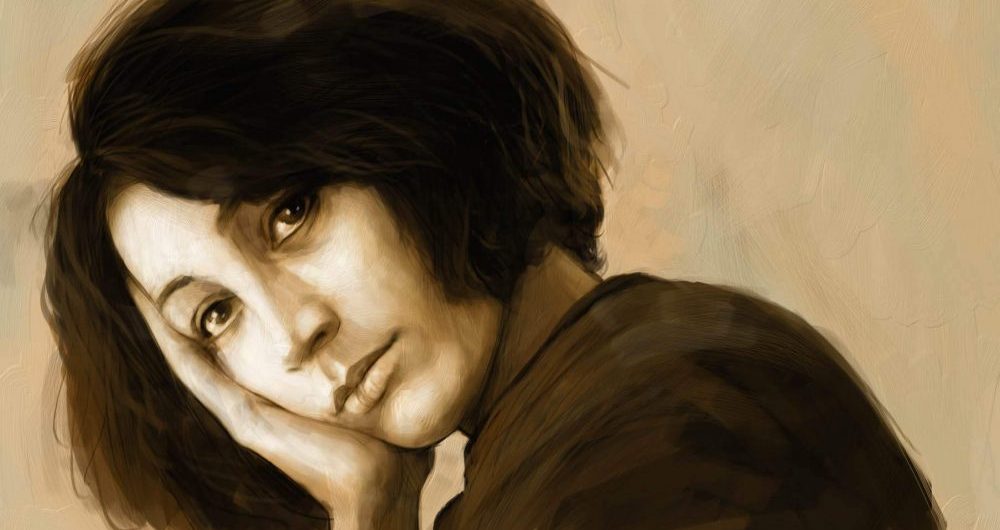Forugh Farrokhzad
Born in Tehran in 1935, a time of great social change, the third daughter of seven children, Forugh studied art and soon turned to poetry. She went to school until the eighth grade, and then learned to paint and sew at an arts and crafts school for girls. At sixteen, she married Parviz Shapur, a well-known satirist. Forugh continued her studies by attending painting classes and moved with her husband to Ahvaz. A year later, she gave birth to her only son, Kamyar (the subject of one of her poems). After three years of marriage, she was forced to choose between divorce and poetry and chose the latter, which deprived her of seeing her son forever.
Forugh Farrokhzad, a divorced woman who wrote controversial poems with a strong female voice, became an instant hit and a female icon. In 1958, she spent nine months in Europe for study purposes. After her return to Iran, in search of work, she met the director and writer Ebrahim Golesan, which reinforced her desire to express herself and live independently and with whom she maintained a loving relationship. Meanwhile, she published two other books, The Wall (Divar) and The Rebellion (Osyan) before traveling to Tabriz to shoot a short film about Iranians with leprosy.
This short film, shot in 1962, is titled The House is Black and is considered an essential part of the new wave of Iranian cinema. During the twelve days of filming, she grew fond of Hossein Mansuri, the son of two lepers, and decided to adopt him and take him to his mother’s house.
On February 13, 1967, Forugh died in a car accident at the age of thirty-two. Avoiding colliding with a school bus, she swerved and her jeep collided with a stone wall. She died before reaching the hospital. Her poem “Let us have faith in the beginning of the cold season” was published posthumously and is considered by literary critics as one of the best structured modern poems in Persian.



Comments